If you’ve ever listened to conservative pundits, you’d think that all of today’s college campuses—Vanderbilt included—are bastions of left-wing revolutionary activity. While our generation is often labeled as politically active, the reality is that college campuses have always been sites of culture wars.
The protests of today don’t match the force of those of our parents’ generation, though. In the 1960s and ‘70s, college students were at the forefront of political battles. The student-led anti-war movement in particular saw lock-ins, occupations of administrative buildings, strikes and mass student participation. Today’s college students report feeling that they face looming existential threats—racism, climate change, gun violence, the Dobbs decision—that inspire them to act. Much of our political action, however, tends to play out on social media or among small and orderly groups of students. We just don’t see the large-scale, disruptive protests we associate with the 1960s anymore.
This isn’t to say that there aren’t Vanderbilt students working hard to change things, and many of us have witnessed and participated in important protests on this campus. Rather, I would like to investigate why contemporary campus protests across the country appear to be less disruptive than those of our predecessors.
An op-ed by Jack Kubinec in the Cornell Daily Sun argues that the post-2008 economic landscape has increased the value of a college degree, suppressing dissent and terrifying students into toeing the line. As a result, many students focus more on their GPAs and less on social justice than they did in the past. Furthermore, in our highly documented world, students regularly express fear that their actions will appear on social media and follow them, impeding their graduate program admissions chances or job prospects. Kubinec further suggests that the rise in STEM majors as opposed to humanities majors—which he notes is often motivated by economic concerns—has informed the decline in protest: “Debugging code probably spawns fewer rebels than reading Karl Marx would.”
Another key difference between our generation and students in the 1970s is that college education has become much more accessible to first-generation college students, minorities and low-income students, thus increasing a college degree’s efficacy as a tool of social mobility.
It seems a given that young people will protest, but privileged students—wealthy, white and connected—are better able to get away with subversive activity than marginalized groups. They have the money to pay fines and are more likely to be let off with a warning by police viewing their behavior as the product of youthful exuberance rather than criminal intent. Although racial disparities in the criminal justice system make it so that minority students are not comfortably able to engage in active protest, it is often the most marginalized students—those with the most to lose from disciplinary consequences—who organize protests and resistance. Racial justice protests are largely organized by students of color, and the recent criticism of allegations against VUMC transgender clinic was largely led by LGBTQ+ students.
Vanderbilt itself has seen racial disparities in its treatment of protesters. In 1960, the Divinity School expelled Reverend James Lawson for his role in organizing civil rights resistance. His civil disobedience, inspired by Martin Luther King Jr. and Gandhi, eventually led to his arrest. Lawson and the school later reconciled, but it took until 1996—over three decades after the Civil Rights Act was passed. In 2021, Vanderbilt honored him by launching the James Lawson Institute for the Research and Study of Nonviolent Movements at Vanderbilt University.
Students lacking socioeconomic privilege are often unable to pay fines or access adequate legal counsel to address any criminal consequences of protesting. Many low-income students at Vanderbilt are also on scholarships, which are contingent on remaining in good standing with the university. Faced with potential repercussions from the university, graduate school admissions or future employers, these students may feel that it’s not worth the risk. Academic or disciplinary probation can also affect your future; if students face disciplinary action, and it appears on their permanent records, their future career or educational prospects may be hindered. Marginalized students may not be given a second chance, and if they are expelled, they may have no safety net. Wealthy students, with huge safety nets, can afford to take risks or disrupt. But will they?
While American universities themselves engaged in mass and sometimes violent protests throughout the anti-war movement, Vanderbilt was fairly tame. According to Laura L. Grove’s (‘18) research article titled “Vanderbilt and the Vietnam Crisis,” most Vanderbilt students from the 1960s “came from white, southern, conservative, affluent families, and thus unsurprisingly most favored the war.” By 1968, as tensions escalated, “the liberal minority made their voices heard,” organizing debates and “teach-ins.” These students were dominant “because conservative students’ interest in the subject remained on the surface level.” Today’s Vanderbilt is considerably less monolithic, and students from all backgrounds and political affiliations identify as politically active. But are we willing to engage beyond the surface level?
This isn’t just a Vanderbilt question—we rarely see headlines about truly disruptive campus protests anywhere.
One of the most successful campus protests to make national news recently was at New York University. It didn’t feature students locking themselves in buildings or risking arrest. Rather, it saw students gather 80 signatures from a class of 350 students to challenge an organic chemistry professor’s allegedly unfair grading standards. The students’ complaints ultimately resulted in Jones’s firing. This response sparked outcry over NYU’s decision to give into its students’ demands—some feel universities care more about satisfying consumer demands than educating resilient and competent students—while others have echoed the students’ concerns about weed-out classes. The point is, it worked, and students organized. But we should not overlook that the most successful student protest in recent memory had to do with student GPAs, not racism, climate change, homophobia, transphobia, gun violence or abortion access.
Last year, when Black and Indigenous students simply put up a sign on campus calling for racial justice, the administration removed the sign because it apparently violated Vanderbilt’s sign policy. Similarly, this year, Dores Divest protestors were detained and had an altercation with VUPD and the Office of Student Accountability for violations of free expression guidelines. If even these peaceful, hardly-rebellious activities are met with administrative pushback, it’s understandable that students are reluctant to take their protests further. Following the imposition of these guidelines, I have been involved in demonstrations where organizers refrain from holding up protest signs around tour groups, for example, out of fear of administrative retribution.
Student protests legitimize the voice of a new generation. Institutions that claim to value students should listen to them; ignoring those voices exposes the hypocrisy of the very institution that preaches learning. History has shown that student protests can affect change, from Tinker v. Des Moines (1969), a student protest that went all the way to the Supreme Court and set legal precedent for students’ free speech, to protests inspired by W.E.B. Dubois in our own backyard at Fisk University in the 1920s, which laid the groundwork for later civil rights. Instilling the desire for change, encouraging the development of civic responsibility in students and forming engaged adults are the duties of an institution of higher learning. Vanderbilt’s community creed claims the school is an environment where students can be “courageous, acting with bold authenticity,” that embraces “taking risks, challenging assumptions, and persevering in the face of adversity.” The university’s restrictive free-expression guidelines undercut these commendable aims.
Our generation reports feeling disillusioned and hopeless, yet we are constantly labeled by the media—and by ourselves—as changemakers. This label has the potential to galvanize us to make the world better, but we have to reflect on whether or not we live up to it. If the situation at NYU indicates that universities will only listen to consumer demands, then wealthy students must reject the “surface level engagement” of Vanderbilt’s past and use their social capital for good. NYU students proved that universities can listen and students can effect change, but both universities and students need to ask themselves what kind of change they want to make. Our generation is not a monolith: different life experiences and varying levels of privilege produce diverse responses to injustice. Students and administrators alike must reflect on our collective complacency and ask whether there is more we can do to bring meaningful change.


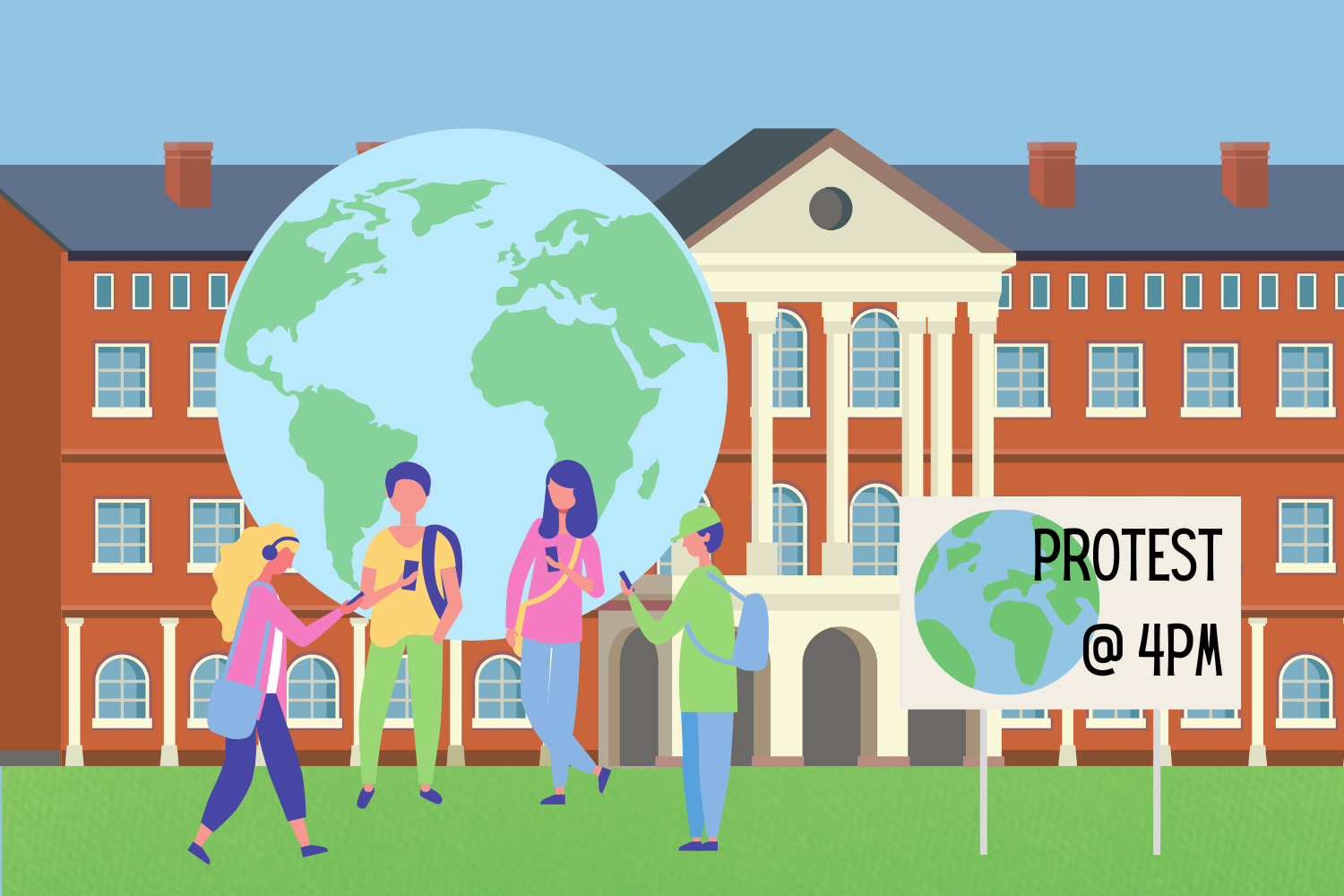



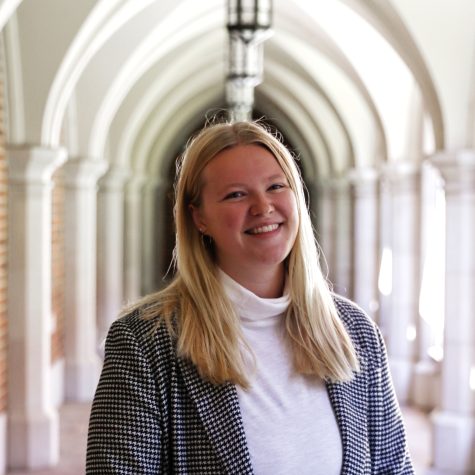
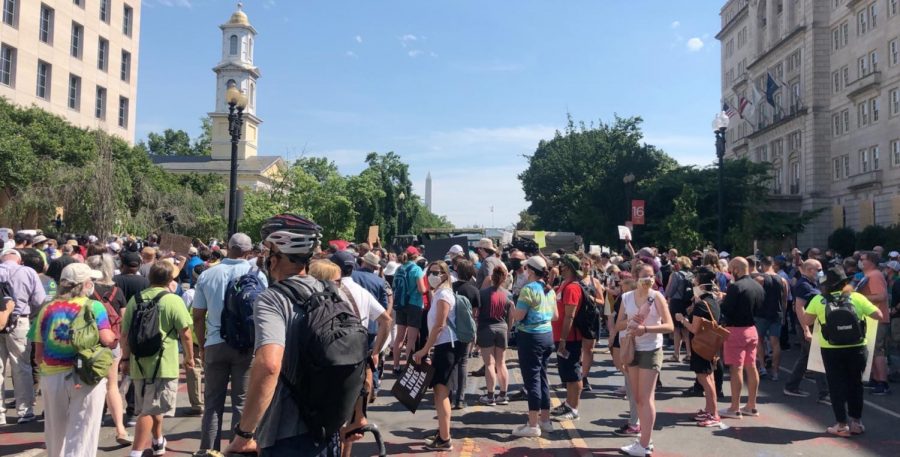
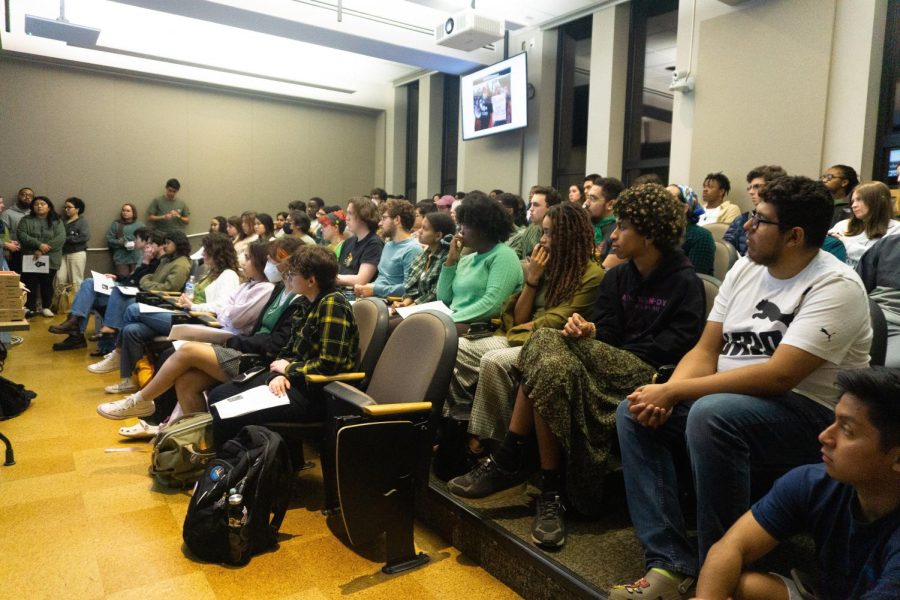
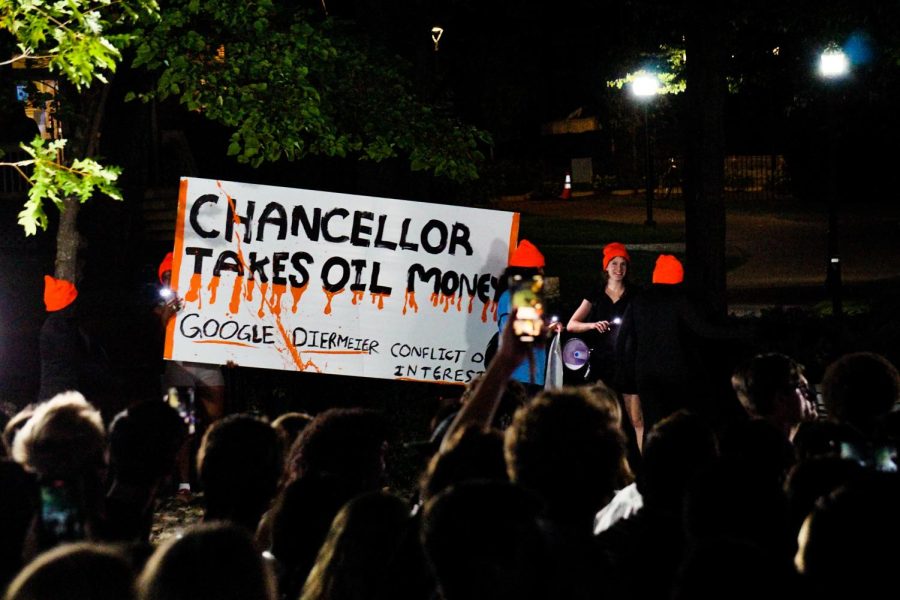
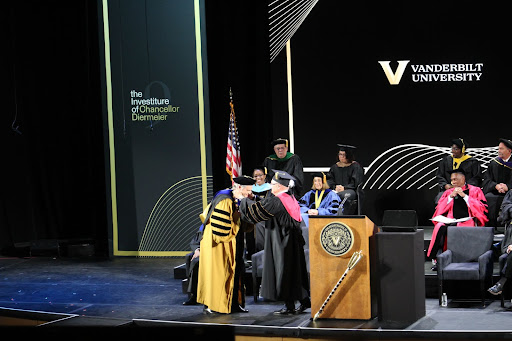
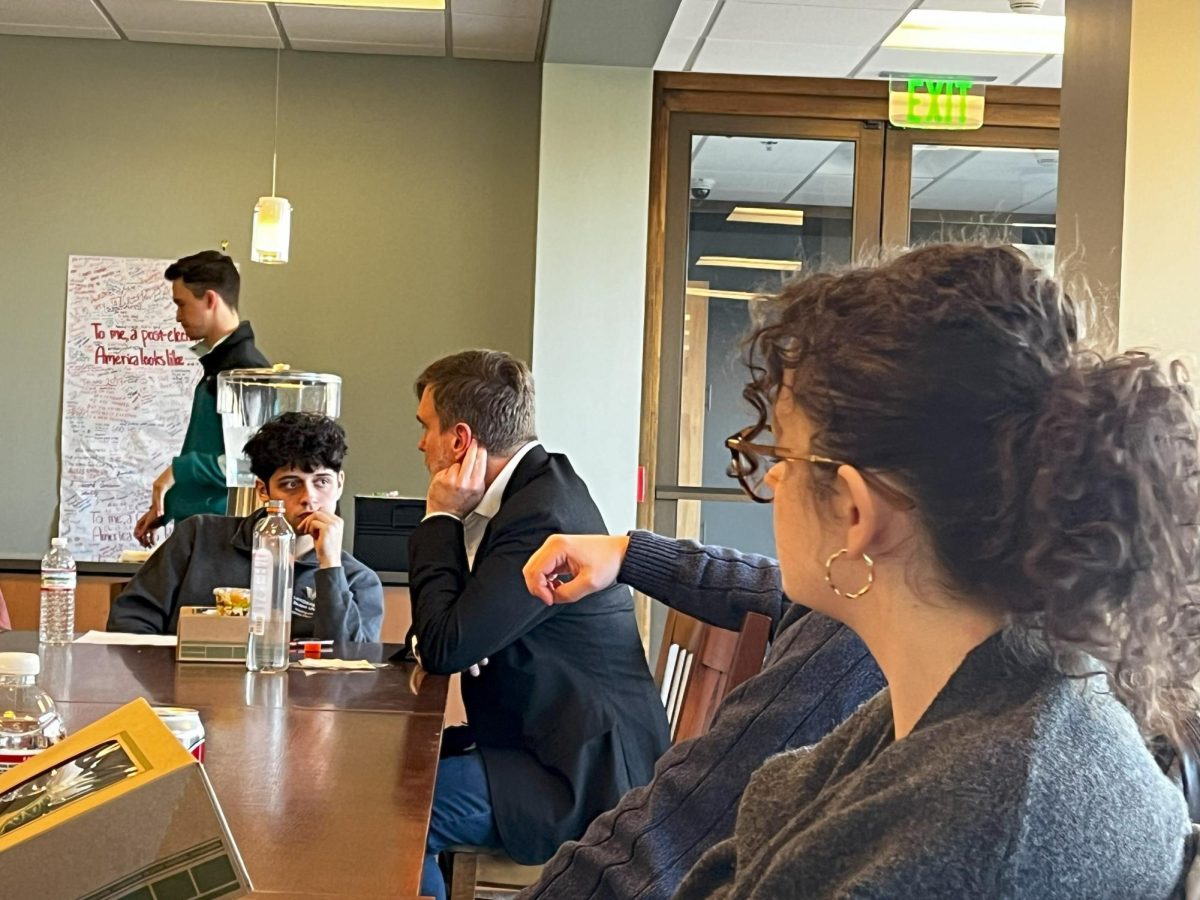
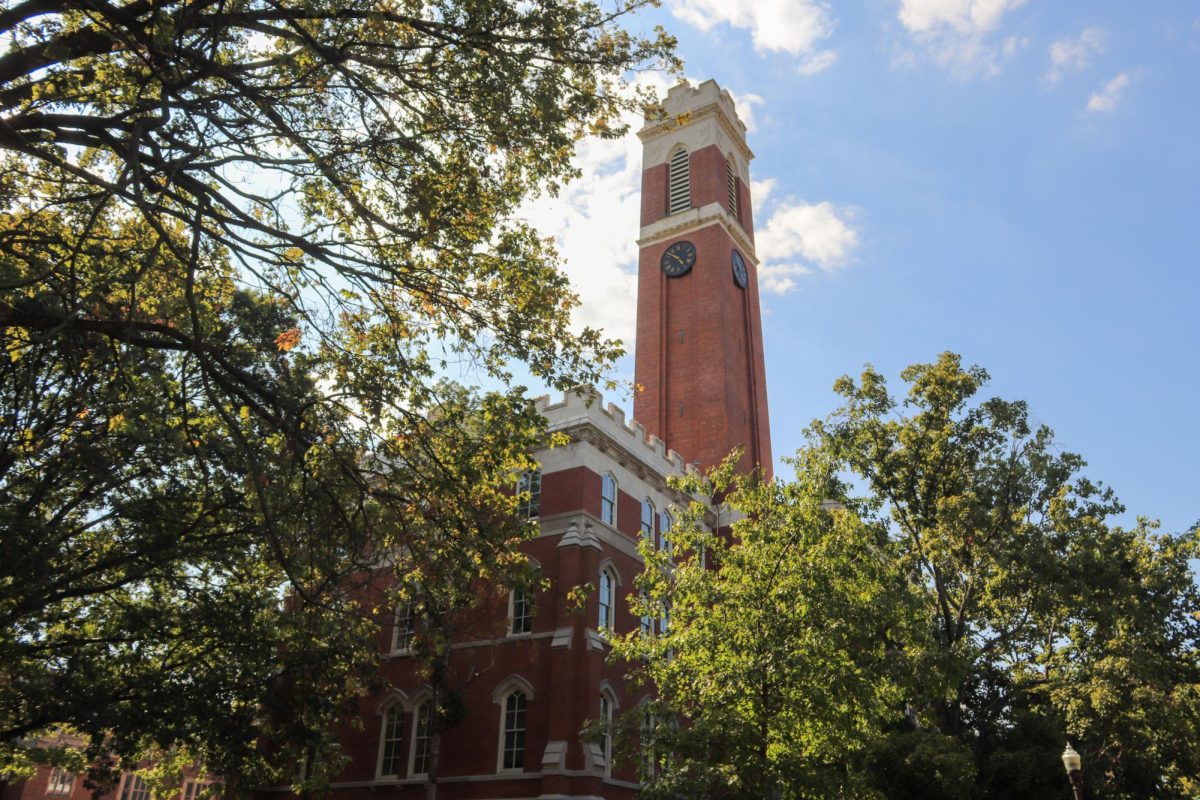
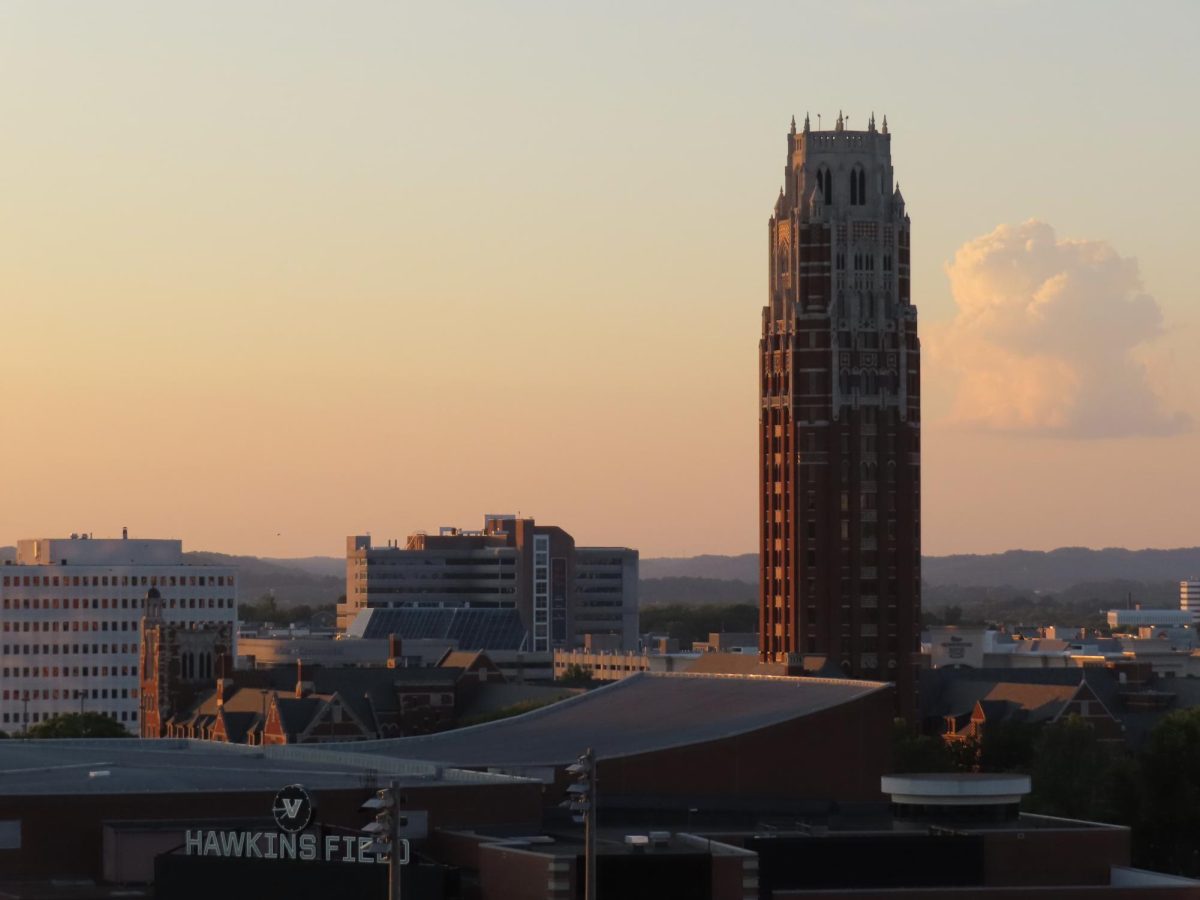
‘24 grad • Jan 27, 2025 at 12:46 pm CST
Well written! As a transfer student, I was immediately struck by how conformist, and generally un-opinionated, the majority of campus seemed to be compared to my first institution.
Separately, but perhaps related, I also noticed how pervasive the notion of fear was within campus protest culture. I.e., Lambda asking members to not protest at objectively hostile speaker events, pro-Palestine supporters feeling they were being surveilled/phones tapped during the overnight sit-ins, the classic putting signs down for tour groups, etc.
Compared to my last university, I always considered our campus a bunch of conformist sissies — however, your analysis has led me to believe that blame lies squarely on the privileged, as your analysis that marginalized groups have much more to lose from a contentious relationship with the University as a result of scholarships, fellowships etc. would demonstrate.
To the rich students of any ethnicity who dress alternative, do art, mock subversiveness, but then show up to only the meekest of protests — it’s super obvious.
 To the rich students who feel that protesting is beneath them, or that it betrays the mark of an uncivilized society — take a history class and catch up. We’ve been doing this since Mesopotamia y’all. Practice at college so you can be good at it when the government acts up.
To the rich students who feel that protesting is beneath them, or that it betrays the mark of an uncivilized society — take a history class and catch up. We’ve been doing this since Mesopotamia y’all. Practice at college so you can be good at it when the government acts up.
Thanks for a great article!!
Steve • Dec 8, 2022 at 12:32 pm CST
Good article, good analysis. I matriculated at Vandy in 1968, so my experience is what Nora Fellas is comparing today’s Vandy to. Fellas mentions Laura Groves’ thoughts about the late Sixties-early Seventies situation at VU, and those thoughts are accurate; Vandy was a rare top-tier university to have little protest. At the crux of the differences between campus protest nationally today versus then are, I believe, two factors. First, Baby Boomers were the first American generation to, at least in part, reject their parents’ values, particularly the tradition of not questioning the government. They had plenty of energy and will to protest against the Vietnam War and racial injustice. Protest, in fact, was essentially new–exciting, deeply meaningful and satisfying for many. Like anything new, it was special and it caught on. Second, in the Sixties, there were really only two key issues for protest: the war and civil rights (women’s rights would come just a bit later, and gay rights much later). So, all that energy had a focus, and protests were big and bold. Today, there seem to be a dozen issues of concern on campus so the energy is dispersed. There ARE big issues, but most issues students care about aren’t big or bold, and protest is old hat, and perhaps less exciting because it’s now well-worn. I’d also argue, at the risk of drawing derision from current students, that many concerns on campus today seem often to be narrow and personal. As I’ve read the Hustler digest over the past few years, the major impression I have is of students who feel wronged by some issue that they say prevents them from being happy. There seems to be a sense of entitlement–that everything in life needs to go my way, that authority figures (e.g. professors) need to recognize and prioritize my needs and ensure that they are met. These issues are often narrow, sometimes even just those of one person, and they don’t inspire the kind of widespread passion that protest movements feed on. Just look at the opinion pieces in The Hustler; in every issue, there are one or two about an issue one, or at most a small group, of students are having with authority figures not meeting their needs. In the Sixties, the Hustler contained nothing of this sort. Frustration, even anger, was directed outwardly; it wasn’t about “my” happiness, but the happiness (or justice, or “rightness”) about society at large. I am NOT saying that today’s students don’t care about broad, important issues; certainly, injustice due to race and sexual preferences, for just two examples, draw fire on campus, as they should. But it seems that narrower issues consume a lot of “protest energy” today, whether legitimately or not.
Corrina • Nov 28, 2022 at 8:35 pm CST
Thank you for writing this. It’s so frustrating to see students trying to make a difference but unable to because of the administration and other barriers.
student • Nov 28, 2022 at 12:27 pm CST
This is such a well-written and informative article.